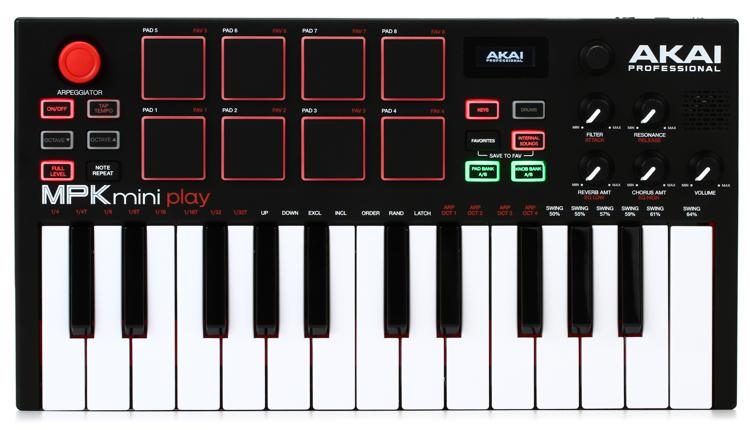Creativity is a vital part of personal musicianship. Composition, improvisation, performance, and listening all require a creative interaction with music. Interpretation of written or performed music also produces a unique perspective from each musician. As an elementary music educator, it is my goal to instill the importance of personal music creation in my students and provide many opportunities for them to exercise these skills.
In most elementary music curricula, improvisation is a natural part of musical exploration (Bauer, 2020), especially in the Orff and Kodály methods. Students experience rhythmic, melodic, and movement improvisation regularly as a way to promote audiation and kinesthetic connection to music. The integration of improvisation also provides a creative outlet for students (Bauer, 2020). Prescribed lessons and musical goals have their place in a comprehensive curriculum, but allowing students to experience musicianship through their own inventive lens is also important. According to the sequential model of improvisation by Kratus (1996), students begin with an exploratory stage of improvisation. In my classroom, I allow students to experiment with instruments to discover their different timbres. I then have students echo simple rhythmic patterns—a preparation of their melodic or rhythmic vocabulary—before asking them to create their process-oriented improvisations (Kratus, 1996). These improvisations usually have guidelines (e.g., length, acceptable notes or rhythms, etc.) that help the student narrow down their possibilities. While I rarely teach elementary students above this level of improvisation, preparing them at a young age can help them become more comfortable in other areas of musicianship such as notation (Bauer, 2020).
Throughout research and application, I have discovered that improvisation and notation are complementary concepts in my personal teaching pedagogy. I have often used student improvisation and echo-patterns as a way to teach new rhythms, immediately connecting these new rhythms to their corresponding notation patterns. These activities allow students to frequently use their knowledge base and build musical fluency (Bauer, 2020). Similarly, I often ask students to improvise a phrase, repeat the phrase while speaking the rhythm (using the ta-ka-di-mi method), then connect those syllables to their appropriate notations. For younger students, this could mean graphic notation or their own notational devices that allow them to record their improvisations. Older students may benefit from those methods but are also expected to use standard notation. Though I currently have not integrated technology into this aspect of musicianship, my recent research and experience have revealed ways for elementary educators to encourage improvisation and notation.
In his book, Bauer (2020) discusses the uses of technology for improvisation and music notation. Students could use digital devices to produce improvisatory phrases with software instruments (Bauer, 2020). I plan on using my school computer lab to let students explore a virtual piano plugin or virtual synth with drum pads. Students can use MIDI keyboards to use these programs, though the traditional computer keyboard also suffices. For notation, I could teach older students about Noteflight or MuseScore, free resources for music notation. MIDI instruments could also be used to teach about instruments from different cultures or styles without having to purchase or rent physical instruments (Bauer, 2020). While virtual instruments do not provide the same experience as playing physical instruments, students can learn musical concepts and create pieces using a plethora of sounds and styles that might be otherwise impossible.

Whether students create music in real-time or transcribe their musical products, the increase of free digital resources provides many options for music teachers. The sites mentioned above are student-friendly and accessible at home for virtual learning or homework assignments. These useful software only scratch the surface of digital music possibilities, and I am excited to continue research in this area.
References
Bauer, W. I. (2020). Music learning today: Digital pedagogy for creating, performing, and responding to music (2nd ed.). Oxford University Press. https://doi.org/10.1093/oso/9780197503706.001.0001. Kratus, J. (1996). A developmental approach to teaching music improvisation. International Journal of Music Education, 26(1). https://doi.org/10.1177/025576149502600103.
Comments
Post a Comment